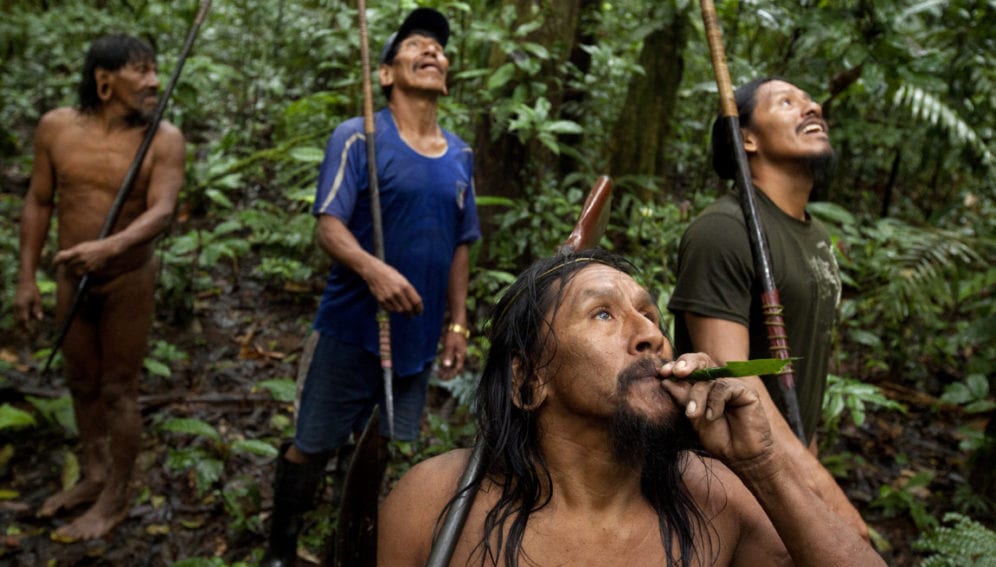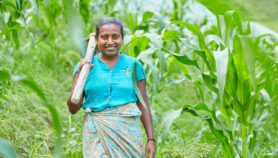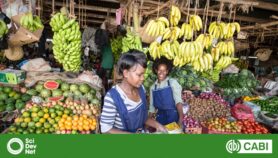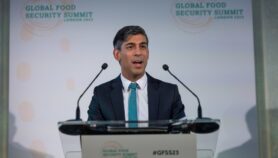By: Amy Balog
Send to a friend
The details you provide on this page will not be used to send unsolicited email, and will not be sold to a 3rd party. See privacy policy.
International efforts to address food insecurity must pay more attention to the role forests play in food production, say a panel of scientists.
A report issued on 6 May (see video) by the International Union of Forest Research Organizations (IUFRO), a body convened by the United Nations, says forests should be considered as food sources, rather than just areas for conservation. It says the concerns of people living in or near forests should be included in the final version of the Sustainable Development Goals (SDGs), one of which currently focuses on ending hunger and promoting sustainable agriculture.
“Sustainable development depends on the maintenance of healthy forests and the services they provide.”
Dominic White, United Kingdom branch of conservation charity WWF.
The report warns that most governments separate forests from food production when making policy, usually having different departments deal with each. As a result, the two areas must compete for funding and political attention, and policies that benefit one may harm the other, according to the report’s authors.
“The report’s main emphasis is to recognise the complementary role of forests to agriculture and promote the awareness that we already depend on forests for supplementing conventional agriculture,” says Bhaskar Vira, director of the University of Cambridge Conservation Research Institute in the United Kingdom and chair of the IUFRO’s Expert Panel on Forests and Food Security, which produced the study.
Governments own around 80 per cent of global forests, the report says, but management rights are increasingly being transferred to indigenous communities. The authors say that ensuring local people have access to forest resources is vital to helping them sustain a nutritious diet.
Watch the report’s presentation at the UN
Vira says existing policies to end hunger have largely neglected the value that forest foods — for example, fruits, seeds and wild meat — can add to people’s diets.
Another advantage of making better use of forests in food production is that it would strengthen local people’s ability to resist environmental changes, the report says. Vira says forests appear to be a more-resilient food source under extreme weather conditions caused by climate change than field-based agriculture.
“Sustainable development depends on the maintenance of healthy forests and the services they provide,” he tells SciDev.Net. “It is essential that the global community agrees strong SDGs and puts the intelligent management of natural capital at the heart of social and economic development.”
References
Forests, trees and landscapes for food security and nutrition — A global assessment report (International Union of Forest Research Organizations)














